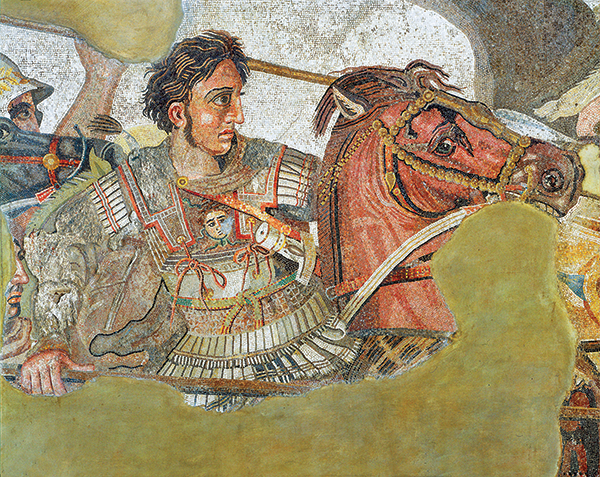The Coptic Church, a storied entity within the vast landscape of Christianity, offers a window into the ancient faith that emerged in the heart of Egypt. This church, which traces its origins to the Apostle Mark in the first century, constitutes one of the oldest Christian communities in the world, thereby serving as a testament to the resilience of faith amidst historical upheaval. But what precisely makes the Coptic Church distinctive, and how does it navigate the complexities of modernity while remaining resolutely anchored in its ancient heritage?
The term “Coptic” derives from the Greek word “Aigyptios,” meaning “Egyptian.” Throughout the centuries, the Copts have maintained a unique identity that intertwines their profound Christian beliefs with their Egyptian origins. Interestingly, the Coptic language, a direct descendant of ancient Egyptian dialects, symbolizes this blend of cultural and religious heritage, acting as a veritable linguistic bridge connecting modern Egyptians with their ancient ancestors.
Central to the Coptic Church’s identity is its adherence to the Nicene Creed, substantiating its place within the broader Christian framework. Nevertheless, theological differences emerged, particularly during the Council of Chalcedon in 451 AD, where divergent Christological interpretations led to a schism. The Coptic Orthodox Church espouses Miaphysitism, which posits that in Jesus Christ’s single nature, divinity and humanity are united. This theological stance significantly influences its liturgical practices, religious beliefs, and communal life.
The liturgy of the Coptic Church is both rich and multifaceted, deeply steeped in symbolism and tradition. The Holy Sacraments, particularly the Eucharist—revered as the body and blood of Christ—are integral to the Coptic faith. The Copts celebrate the Divine Liturgy with vibrant rituals, which include the intricate movements of clergy clad in colorful vestments, the sweet fragrance of incense wafting through ancient basilicas, and the melodic hymns of devotion echoing throughout, engendering a profound sense of spiritual connection amongst the attendees.
Yet, one might ponder, in an age dominated by rapid globalization and the relentless march of technology, how does the Coptic Church remain a bastion of traditionalism amid progressive social change? This question challenges both the clergy and laity to navigate their faith in a contemporary world while preserving the essence of their ancient rites.
In addressing this challenge, the Coptic Church has exhibited remarkable adaptability. Modern Coptic communities around the world—particularly in the diaspora—have established congregations that serve as cultural sanctuaries, fostering a communal identity that blends age-old traditions with present-day realities. Festivals such as the Feast of Nayrouz, celebrating the Coptic New Year, bind communities together while simultaneously offering a poignant reflection on resilience in the face of adversity—a facet of Coptic history that includes periods of persecution.
Moreover, the church’s stance on social issues has evolved. It promotes a theology of joy, emphasizes compassion, and advocates for social justice. This is illustrated in various charitable initiatives aimed at alleviating poverty and supporting marginalized communities within and beyond Egypt. Such endeavors not only exhibit the Copts’ commitment to their faith but also serve as a conduit for engaging with a global Christian community seeking to enact positive change.
The Coptic Church faces unique challenges today, particularly with an increasing number of Copts migrating to various parts of the globe. These communities grapple with the duality of integration into their new environments while striving to preserve their distinctive identity. Yet, this diaspora phenomenon has also heralded a revival of Coptic culture and spirituality, as younger generations seek connections to their ancestral roots through communal worship, Coptic language classes, and cultural education programs.
From an ecclesiastical perspective, the Coptic Church is the only one to retain the ancient Egyptian rite, distinct from the Latin, Greek, and other Eastern liturgies. This rite, reverberating with centuries of history, is a testimony to the unbroken chain of worship that links today’s believers with the early Christian community in Egypt. The rich artistic expressions found in Coptic icons, frescoes, and manuscripts also offer glimpses into the theological significance attributed to sacred imagery and its role in worship, allowing the faithful to engage in a more profound spiritual experience.
Coptic theologians and scholars contribute significantly to contemporary Christian discourse, often advocating for interfaith dialogue amid a predominantly Muslim society. This ecumenical spirit fosters mutual respect and understanding, essential elements in a multifaceted world. The Coptic Church’s engagement in global Christian conversations adds another layer to its intricate identity.
In summation, the Coptic Church stands as a vibrant testament to a living tradition that has withstood the ravages of time while embracing the future. Its unique synthesis of ancient Egyptian culture and Christian faith encapsulates a rich heritage that continues to inspire and challenge both Copts and the global Christian community. As believers navigate the complexities of modernity, the Coptic Church serves as both a pillar of tradition and a beacon of hope, inviting all to ponder the perennial question of faith: How can we remain steadfast in our commitments while adapting to an ever-evolving world?



